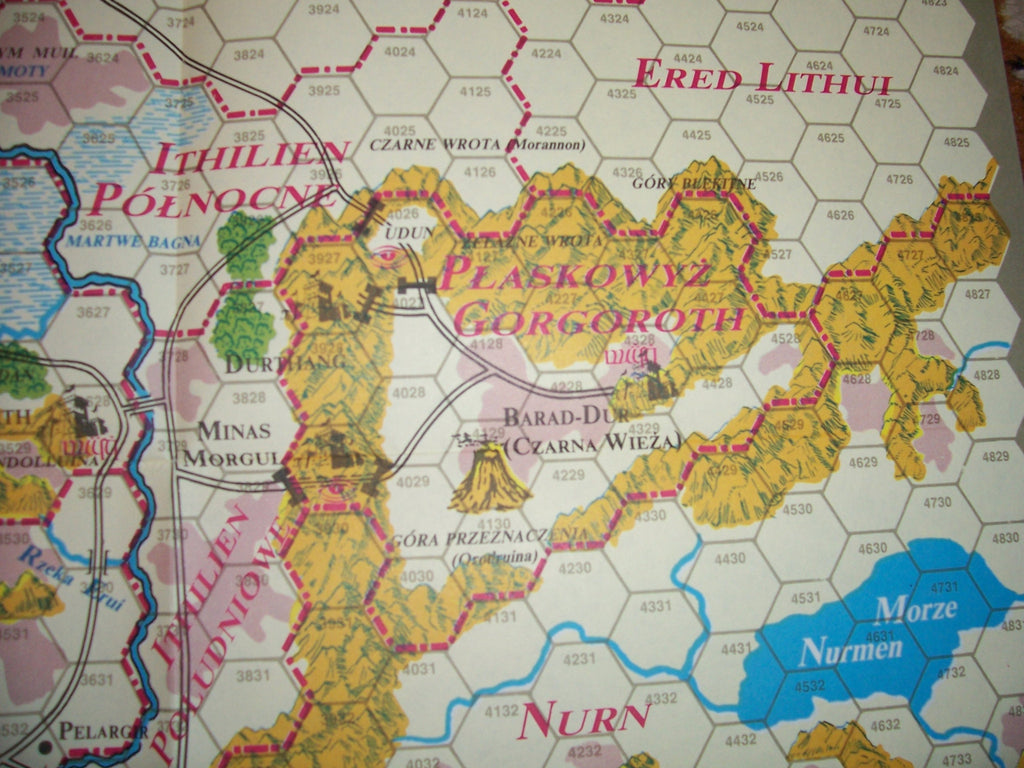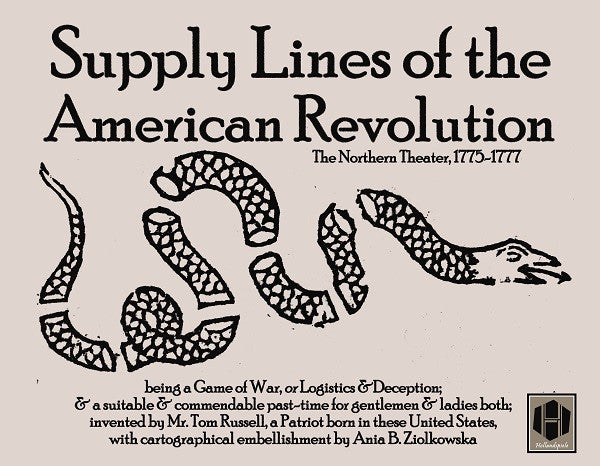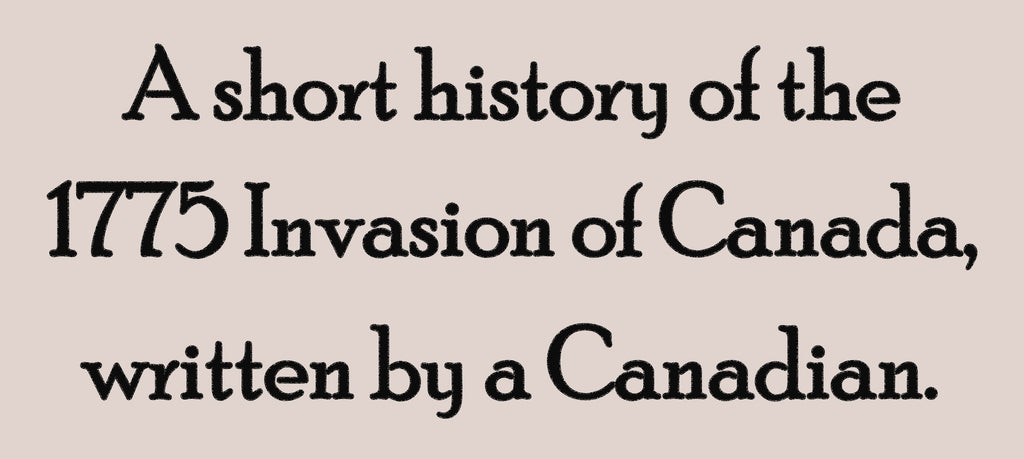Hollandazed: Thoughts, Ideas, and Miscellany — game design
FRAGILITY IN GAME DESIGN (by Tom Russell)
I've been thinking a lot lately about fragile games. By this I don't mean games with easily-damageable components, but games in which the game state is itself extremely malleable, changing in response to player decisions. A highly fragile game is capable of being systemically skewed, with certain actions becoming easier or harder (and more viable or less), and the pace of the game becoming faster or slower, all depending on what the players have done previously. You don't actually see this kind of thing a lot in your standard move-combat wargames (though there is some degree of malleability there). It's...
BUILDING SUPPLY LINES, PART 2 of 2 (by Tom Russell)
So, when last we saw our plucky, nerdy hero, it was late 2015 and he and his amazing, wonderful, action-hero wife were preparing to start up their own company. With that thought in mind, and with renewed confidence in his abilities honed by a dozen or so subsequent published designs, he turned again to Supply Lines of the American Revolution. There is however another version of this story, which goes: "Hey, Tom?" "Yes, Mary, oh heart of my heart?" "You're going to do Supply Lines, right? For our company? Because I really like it." "Maybe, my lily among the brambles....
ONE STACK TO RULE THEM ALL, AND IN THE DARKNESS BIND THEM (by Tom Russell)

Playtest, playtest, playtest. Even folks who only play games, and never make the transition to designing, know that playtesting is an integral - maybe even the integral - part of the process. A common refrain when a game disappoints us is, "Did they even bother to playtest this?" There are various reasons why we playtest. First, to make sure the game works as intended; second, to make sure the game is fun; third, to catch and eliminate ambiguities; fourth, to make sure that there's some decent amount of replayability; fifth, to ensure the game's balance isn't broken. And there is...
BUILDING SUPPLY LINES, PART 1 of 2 (by Tom Russell)

Supply Lines of the American Revolution: The Northern Theater, 1775-1777: the only thing longer than its title is the time I've spent working on it. I started working on the game about seven years ago. As a result, the story behind the game, its genesis, and its evolution is something I remember only hazily, like the words to Greensleeves, or what I had for breakfast this morning. But here goes. So, seven years ago, I had exactly zero published games to my name. At that time, I was mostly playing and designing Euro-style games. I had dipped my toe into...
A SHORT HISTORY OF THE 1775 INVASION OF CANADA, WRITTEN BY A CANADIAN. (by Brian Train)

Brian posted the following as a comment on our recent piece on historical incentives. We thought that, like David S. Pumpkins, it was its own thing, so we asked Brian's permission to share it as a separate post, and he kindly agreed. “Boneheaded in hindsight” – there’s the money quote. I don’t like idiot rules any more than you do – I’m perfectly capable of doing new stupid things all by myself – but there needs to be some array of mechanisms and incentives to impel players to do things that are foolish now, but were done then for a...
